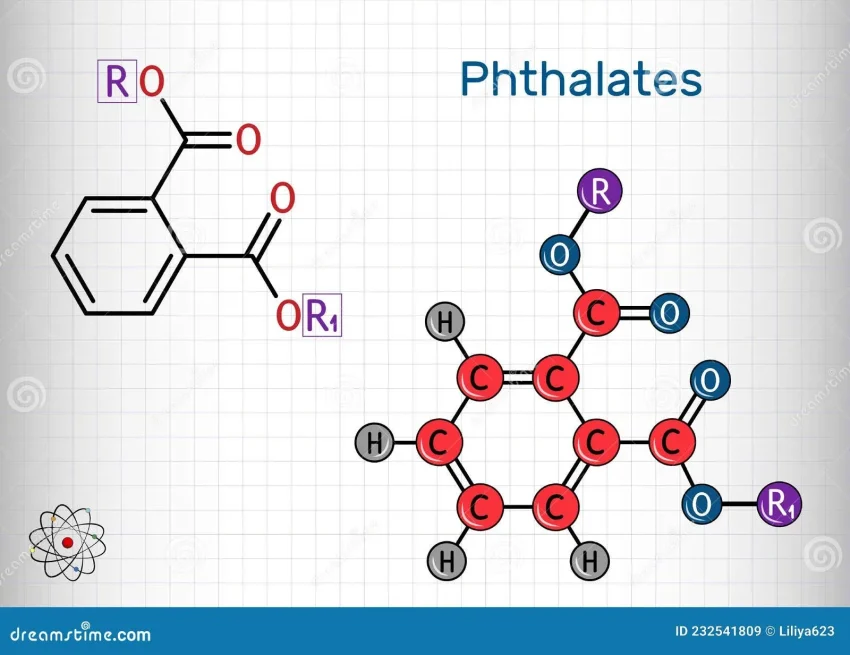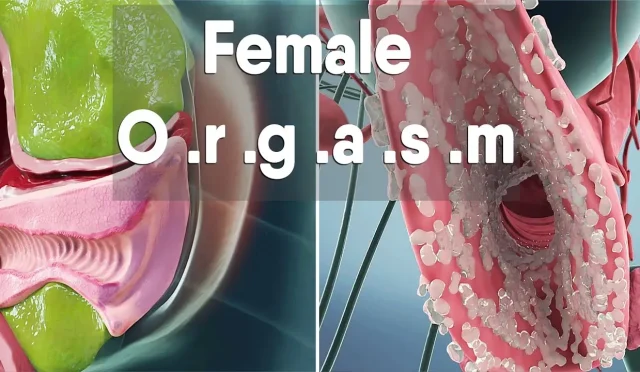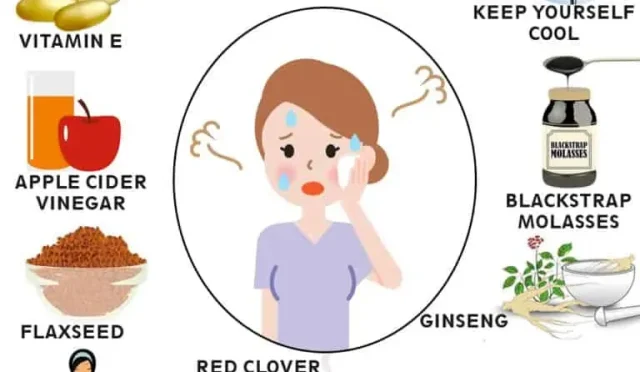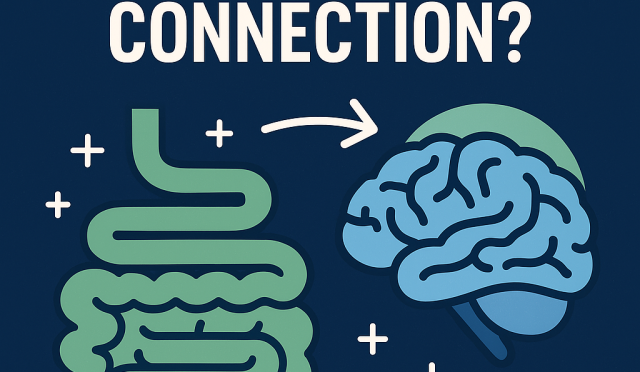Phthalates: Essential Information and Health Risks Explained
Phthalates are ubiquitous chemicals commonly referred to as “everywhere chemicals,” found in a vast array of consumer products that many people use on a daily basis. From medical devices and food packaging to personal care items like shampoos and lotions, the presence of phthalates raises considerable concern regarding health risks. Research indicates that phthalates might be linked to serious health conditions, including heart disease, diabetes, and developmental issues in children. As awareness of phthalates and their potential health risks grows, many consumers are eager to discover how to avoid phthalates in their daily lives. Identifying the sources of phthalates in consumer products and recognizing phthalate exposure symptoms may empower individuals to make safer choices for their health and wellbeing.
Phthalates, also known as plasticizers or endocrine disruptors, are a group of chemicals employed in various manufacturing processes to enhance flexibility and durability in plastics. These compounds are prevalent in numerous everyday products, including household items, cosmetics, and even food packaging, which raises important questions about their safety. Many experts emphasize the potential adverse effects of plasticizer exposure, linking them to an array of health complications from hormonal imbalances to chronic diseases. Reducing the presence of these chemicals in our environments is essential for promoting better health outcomes. By understanding where these chemicals are found and recognizing related symptoms, consumers can better navigate their choices to minimize exposure.
Understanding Phthalates: The Ubiquitous Chemicals in Daily Life
Phthalates, often labeled as ‘everywhere chemicals,’ pervade a wide array of products that we utilize daily. From flooring and window coverings to personal care items like shampoos and perfumes, the presence of these chemicals is alarming yet often overlooked. According to experts, phthalates help enhance the flexibility of plastics and serve to bind fragrances in various products. However, the leaching of phthalates into our environment poses significant concerns, as numerous studies highlight their association with adverse health effects, making it imperative for consumers to be informed about their omnipresence in consumer goods.
Despite the difficulty in completely avoiding phthalates due to their wide applicability, understanding their sources can significantly aid in minimizing exposure. Notably, items such as food packaging, toys, and medical devices commonly contain phthalates. Research indicates that ingestion of contaminated food items is a primary route of exposure, with processed foods and fast-food packaging being particularly notorious for their phthalate content. Awareness of these sources can prompt better choices when shopping, empowering individuals to reduce their overall intake of these harmful chemicals.
Health Risks of Phthalates: What the Research Reveals
Extensive research has cemented the notion that exposure to phthalates carries considerable health risks. Studies have linked phthalate exposure to a plethora of health issues, including cardiovascular diseases, diabetes, and reproductive health problems. Notably, a recent academic report pinpointed phthalates as a contributing factor to hundreds of thousands of heart disease deaths worldwide, indicating that these chemicals should be considered major risk factors in public health discussions. Furthermore, the potential for phthalates to disrupt endocrine function cannot be understated, particularly in relation to testosterone levels in males, which could lead to varied developmental issues.
The impact of phthalates extends beyond just physical health; they can also disrupt child development. Research has indicated associations between phthalate exposure and developmental disorders, including learning and behavioral issues in children. With their ability to induce inflammation and oxidative stress within the body, phthalates pose a multifaceted threat that transcends traditional health risks, requiring urgent attention and preventative measures to mitigate their pervasive effects on both adults and children alike.
How to Avoid Phthalates: Effective Strategies for Everyday Life | Phthalates in Consumer Products: Identifying Harmful Ingredients and Choosing Safer Alternatives | Symptoms of Phthalate Exposure: Recognizing the Signs of Chemical Sensitivity | Environmental Impact of Phthalates: Understanding the Broader Implications on Ecosystems and Public Health
Frequently Asked Questions
What are the health risks of phthalates exposure?
Phthalates exposure is linked to a range of health risks, including cardiovascular disease, diabetes, obesity, and hormonal disruptions. Studies suggest that daily exposure to phthalates may be associated with over 356,000 global heart disease deaths. Additionally, phthalates can affect male reproductive development, increase the risk of preterm births, and contribute to learning and behavioral disorders in children.
How can I avoid phthalates in consumer products?
To avoid phthalates, look for products labeled as ‘phthalate-free,’ and choose unscented personal care items. Be cautious with plastic products, especially those marked with recycling code 3 or PVC, as they may contain phthalates. Limit the use of processed foods and avoid heating food in plastic containers to reduce phthalate exposure.
What are common sources of phthalates in everyday life?
Common sources of phthalates include personal care products like shampoos and lotions, food packaging materials, vinyl flooring, medical devices, toys, and household items such as carpets and curtains. Many processed foods also contain phthalates due to their presence in food contact materials.
What symptoms may indicate phthalates exposure?
Symptoms of phthalates exposure can vary but may include hormonal imbalances, reproductive issues, increased inflammation, and developmental delays in children. Long-term exposure has also been linked to chronic health conditions like obesity and cardiovascular diseases.
How do phthalates affect childhood development?
Research indicates that phthalates may disrupt hormonal systems, which can negatively impact childhood development. Exposure to these chemicals has been associated with a higher risk of learning, attention, and behavioral disorders in children.
Are phthalates present in all plastics?
Not all plastics contain phthalates, but many flexible plastics do since phthalates are added to make them softer and more pliable. Products such as food containers, toys, and medical supplies may contain varying levels of phthalates.
What should I look for on product labels to identify phthalates?
When checking product labels, look for acronyms such as DBP (Dibutyl phthalate), DEHP (Di-(2-ethylhexyl) phthalate), and DEP (Diethyl phthalate). Additionally, check for the recycling symbol with the number 3 or the letters PVC, which may indicate the presence of phthalates.
What measures are companies taking to reduce phthalates in their products?
Many companies are now advertising phthalate-free products, particularly in personal care and construction materials. However, consumers should verify these claims by researching company practices and ingredient lists, as systematic verification may not always be available.
Can dietary choices help reduce phthalates exposure?
Yes, dietary choices play a significant role in reducing phthalates exposure. Opting for fresh, whole foods instead of ultra-processed and packaged foods can decrease ingestion of phthalates, as many additives and packaging materials are common sources of these chemicals.
What are the long-term effects of phthalates on health?
Long-term exposure to phthalates has been associated with serious health outcomes, including increased risk of chronic diseases like heart disease, obesity, and hormone-related disorders. Continued research is needed to fully understand the extent of phthalates’ impact on long-term health.
| Key Aspect | Description |
|---|---|
| Definition | Phthalates are chemicals used to make products flexible and soft. They are commonly found in various consumer items. |
| Widespread Usage | Present in flooring, medical devices, personal care products, and food packaging. |
| Health Risks | Linked to cardiovascular disease, diabetes, obesity, developmental disorders, and hormonal disruptions. |
| Minimizing Exposure | Avoid products with phthalates by checking labels for specific acronyms and choosing phthalate-free options. |
Summary
Phthalates are prevalent chemicals found in numerous products, making them hard to avoid in everyday life. Understanding the risks associated with phthalate exposure is crucial for health, especially considering their links to serious conditions like cardiovascular disease and developmental issues. To mitigate these risks, consumers should be proactive in selecting phthalate-free products and reducing their exposure wherever possible.
#Phthalates #ChemicalAwareness #HealthRisks #ToxicExposure #WellnessEducation








